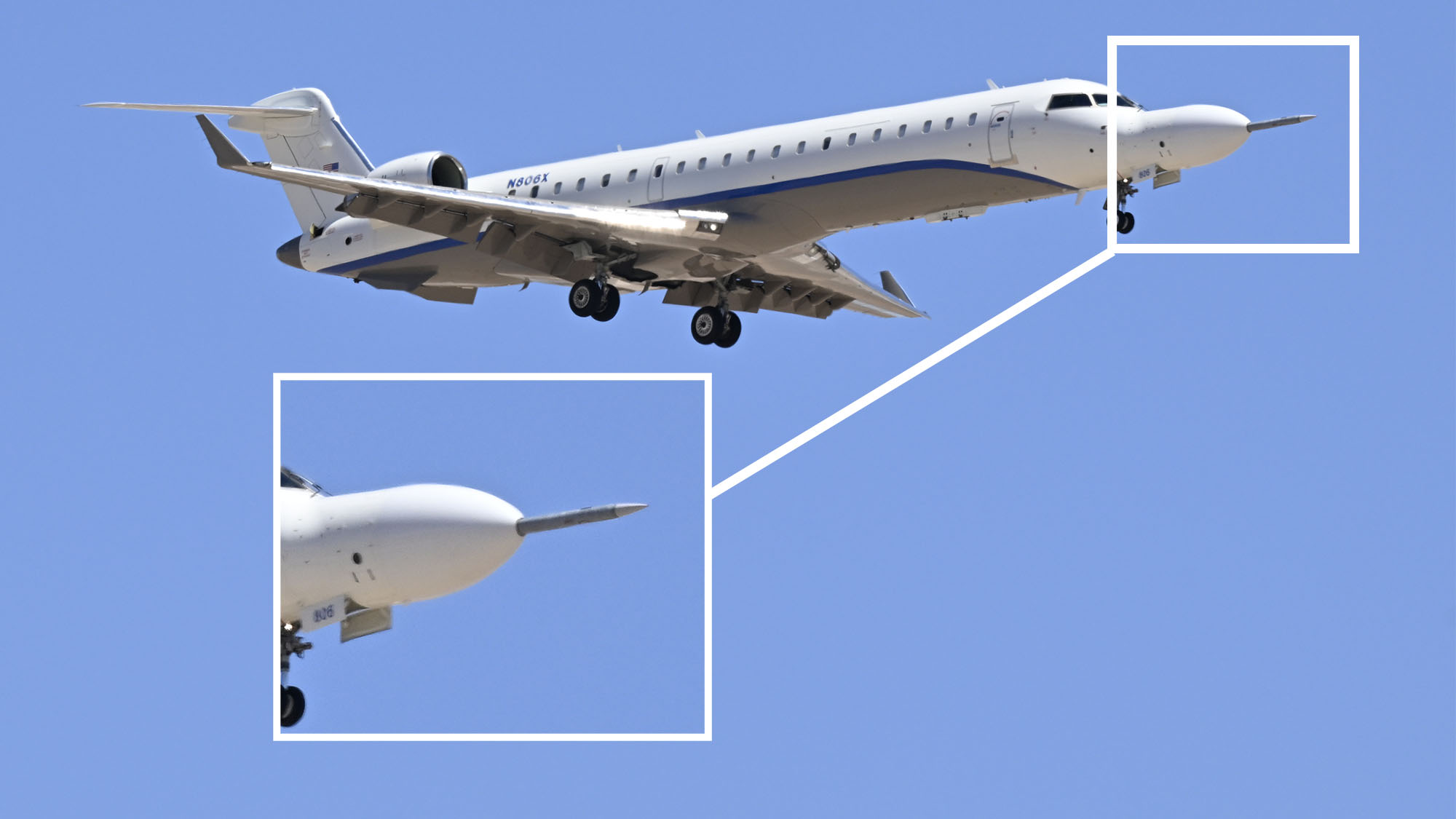Why cross-border trade will boom even with tariffs
Despite tariffs and global political tension, direct-to-consumer brands and other e-commerce sales continue to drive cross-border trade. SmartKargo’s cross-border solution helps airlines and e-commerce companies ship with real-time visibility. The post Why cross-border trade will boom even with tariffs appeared first on FreightWaves.


As geopolitical tensions rise and tariffs continue to fluctuate, one might expect a slowdown in international trade, especially in discretionary consumer goods. Despite these pressures, cross-border e-commerce is booming, signaling a profound shift in the way consumers shop and brands sell across the globe.
According to Statista, global cross-border e-commerce sales are expected to reach $7.9 trillion by 2030, up from just over $785 Billion in 2021. That represents a significant portion of all global online sales.
Consumers are increasingly bypassing local retailers in favor of shopping directly from foreign brands and marketplaces. That trend is accelerated by improvements in payment systems, shipping transparency and mobile commerce. The result is a vibrant, borderless digital marketplace.
Tariffs and trade barriers, particularly those involving the United States and China, have dominated headlines and raised costs for many goods. However, rather than suppress cross-border e-commerce, these dynamics are reshaping it. Sellers are diversifying sourcing and routing strategies, and consumers are expanding their digital horizons.
Instead of retreating from international opportunities, many e-commerce sellers are adjusting. For instance, direct-to-consumer brands are skipping traditional warehousing models in favor of leaner inventory and just-in-time shipping, often fulfilled directly from origin countries. Logistics providers have responded in kind by streamlining customs processes and building cross-border networks optimized for e-commerce parcels rather than bulk freight.
Another trend fueling the growth of cross-border e-commerce is the realignment of trade lanes. While U.S.-China trade friction has led to a reduction in volumes, intra-Asia, Latin America-to-Europe and Middle East-to-Africa trade corridors are flourishing.
Emerging markets like India, Brazil, Indonesia and Nigeria are rapidly becoming hubs for both buyers and sellers. Massive online retailers Alibaba, Shein and Temu have found footholds well beyond North America, and Western brands are increasingly targeting consumers in the Global South, where mobile-first consumers often have limited access to premium goods locally but strong demand for them.
This demand isn’t limited to high-end fashion or electronics. Cross-border buyers are now just as likely to shop for beauty supplies, household items and baby care products internationally as they are for luxury goods. In fact, e-commerce cross-border cart sizes are often larger than domestic ones, suggesting buyers stock up when they go through the extra step of international checkout.
What has truly made this cross-border boom possible is the evolution of the logistics infrastructure underpinning it. Traditional air cargo players are adapting to the needs of small parcel e-commerce, and new networks are emerging that specialize in direct-to-consumer cross-border fulfillment.
One example is the growing role of airlines leveraging passenger belly space to move e-commerce goods more efficiently across borders. This model not only reduces the need for large distribution centers but also shortens delivery times from weeks to days.
SmartKargo, a leading logistics technology provider, has been quietly enabling many of these transformations. Its e-commerce cross-border solution helps airlines and e-commerce companies move parcels from origin to destination with real-time visibility and customs compliance built into the process. By digitizing and integrating the journey from dock to door, SmartKargo empowers airlines to build an ecosystem for retailers and logistics players to scale globally without investing in complex infrastructure or multiple regional warehouses.
The difference between success and delay in cross-border shipping often comes down to who owns the data and how fast they can act on the information. Solutions like SmartKargo’s give airlines the ability to provide transparency about data and pricing to the shipper.
What’s next for retailers and brands?
Retailers that want to thrive in this new borderless economy must adapt quickly. That means thinking globally from day one: localizing their digital storefronts, offering region-specific payment methods and ensuring delivery experiences that mirror those of top domestic platforms.
It also means forming the right partnerships with logistics providers that understand both the technical and regulatory nuances of moving goods across borders efficiently. With shoppers increasingly indifferent to where their favorite product is based (as long as it arrives quickly and transparently), the brands that win will be those that make the international feel local.
Click here to learn more about SmartKargo.
The post Why cross-border trade will boom even with tariffs appeared first on FreightWaves.






















































































































































